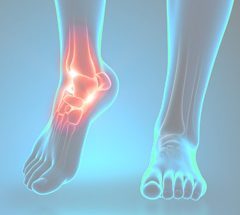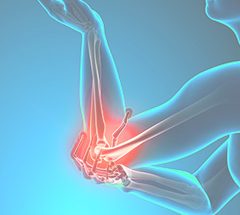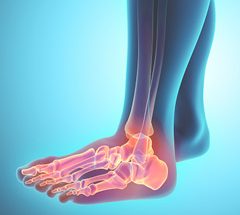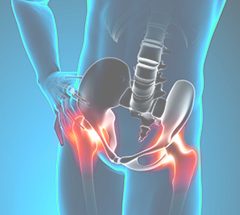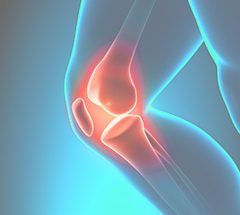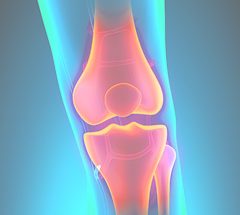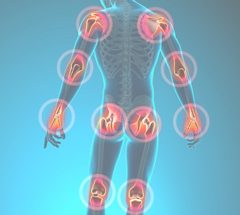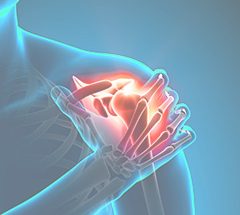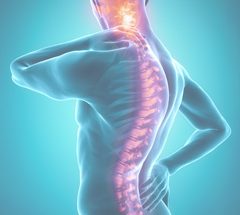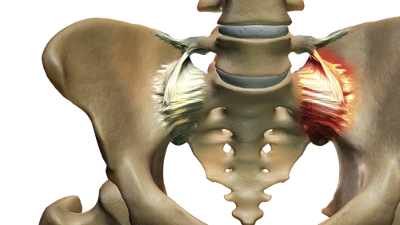
Here at ProOrtho we know sacroiliac (SI) joint dysfunction needs to be addressed with clear awareness, expertise, and fresh thinking. That’s because SI joint dysfunction creates pain that’s deceptive to the degree it mimics entirely different conditions—such as disc problems—which results in misdiagnosis and ineffective treatment. And the next thing you know you’re folding the laundry or going to the grocery store and, well, it HURTS.
Sound familiar? Hopefully not. Either way, let’s get to the bottom of SI joint dysfunction—including symptoms, diagnosis, and treatment options—so you can ensure you live a healthy, joyous, and pain-free life.
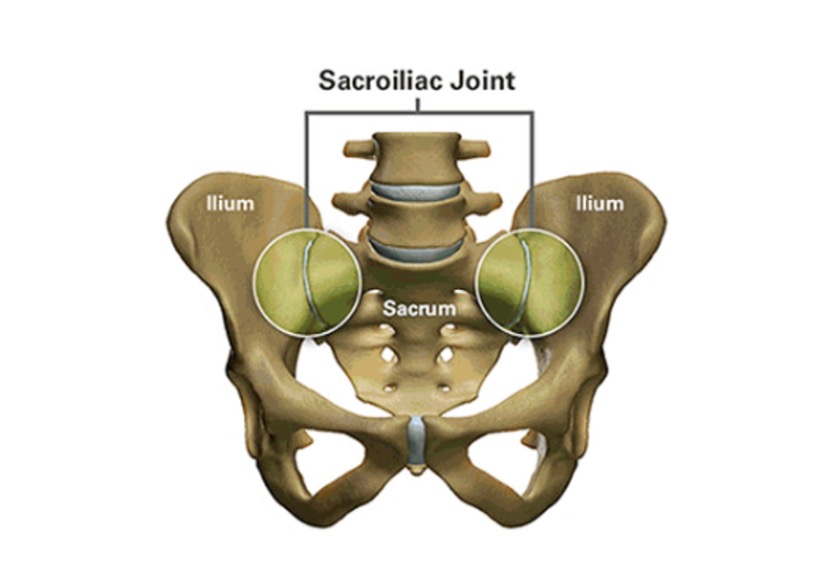
The sacroiliac (SI) joint is the lowest part of the spine above the tailbone. Like any other joint in the body, the SI joint can be injured and/or undergo degeneration.

When that happens, excessive motion in the SI joint may inflame and disrupt the joint and surrounding nerves causing pain in the lower back, hip, groin, pelvis, leg, buttock, or more—all depending on what you’re up to. See what we mean? Deceptive.
For example:
- When ascending stairs or otherwise stepping up, SI joint pain can mimic pain in the lower back, hip, groin, or pelvis.

- SI joint dysfunction can transform taken-for-granted movements like standing from a seated position into excruciating ordeals.

- On that note, sitting (of all things) can be extremely painful. Patients who have SI joint pain usually find it difficult to sit for long periods of time, and usually try to alleviate the discomfort by sitting on the least affected side.

And that’s not all folks. Lifting, running, walking, and even lying on the involved side can cause pain in the buttock, lower back, hips, or legs.
If this sounds familiar, what are you to do? Let’s get into the nuts and bolts of ProOrtho’s awareness, expertise, and fresh thinking we were talking about earlier.
Diagnosis
We can’t state this enough: SI join pain is deceptive, it may feel like disc or lower back pain, or sometimes hip or groin pain. For this reason, SI joint disorders should always be considered in lower back, hip, and pelvic pain diagnosis.
A variety of tests performed during physical examination may help reveal the SI joint as the cause of your symptoms. Sometimes, X-rays, CT-scan or MRI may be helpful in the diagnosis of SI joint-related problems because they can rule out other common sources of pain—such as your lumbar spine or hip joints
The most relied upon method to accurately determine whether the SI joint is the cause of your lower back pain symptoms is to inject the SI joint with a local anesthetic. This diagnostic injection will be performed under either X-ray or CT guidance to verify accurate placement of the needle in the SI joint. If your symptoms decrease by at least 50%, it can be concluded that the SI joint is either the source of or a major contributor to your lower back, hip, or pelvic pain. If the level of pain does not change after SI joint injection, it is less likely that the SI joint is the cause of your pain.
Treatment
Once the SI joint is confirmed as the cause of your symptoms, treatment can begin. Some patients respond well to physical therapy, use of oral medications, or injection therapy. These treatments are often performed repetitively, and frequently symptom improvement using these therapies is temporary. If non-surgical treatment options have been tried and do not provide long-term relief, your surgeon may consider other options, including the minimally invasive iFuse procedure.
SI Joint Fusion with the iFuse Implant System®
The iFuse Implant System is designed to stabilize and fuse the SI joint. The iFuse procedure involves inserting typically three triangular-shaped titanium implants across the sacroiliac joint to maximize SI joint stability, reduce pain, and improve function.
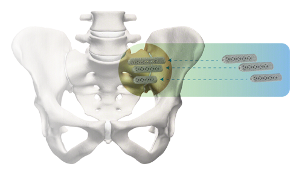
ProOrtho’s Dr. Price
Dr. J Scott Price is ProOrtho’s resident Sacroiliac (SI) Joint Disorder & Minimally Invasive Joint Fusion specialist and has extensive experience with the iFuse Implant System. But of course that doesn’t mean a patient with SI joint dysfunction pain is necessarily iFuse-bound—Dr. Scott focuses on the least invasive technique possible to accomplish patient goals.
See why Dr. Price thinks the first 30 seconds is the most important part of any visit, as well as why patient reported outcomes are so important right here. Then visit Dr. Price’s ProOrtho page to learn more about his awareness, expertise, and fresh thinking.
At ProOrtho, we’re here so you can ensure you live a healthy, joyous, and pain-free life. If you have any questions about SI joint dysfunction, pain, or anything else, don’t hesitate to contact us, we’re happy to help!

